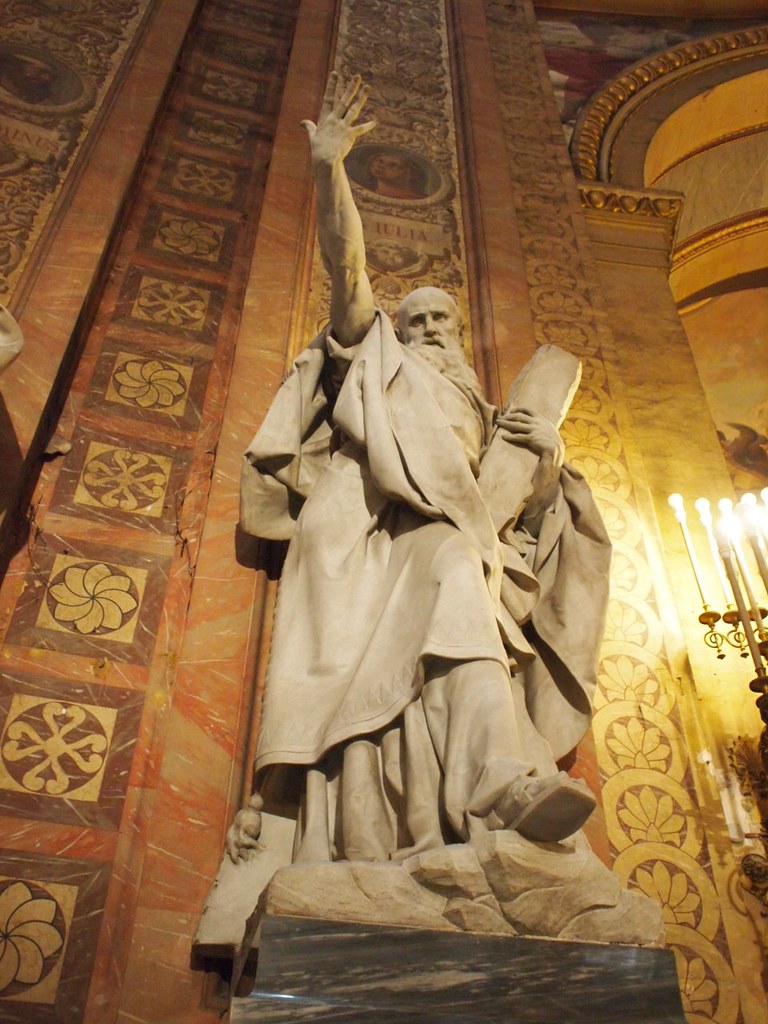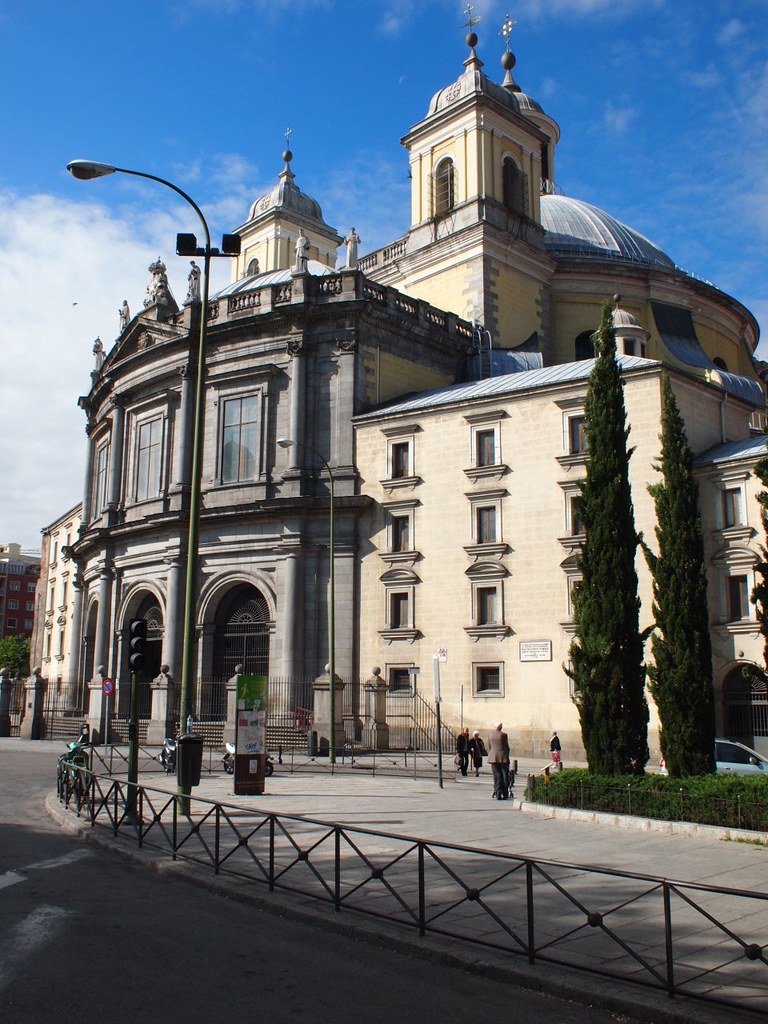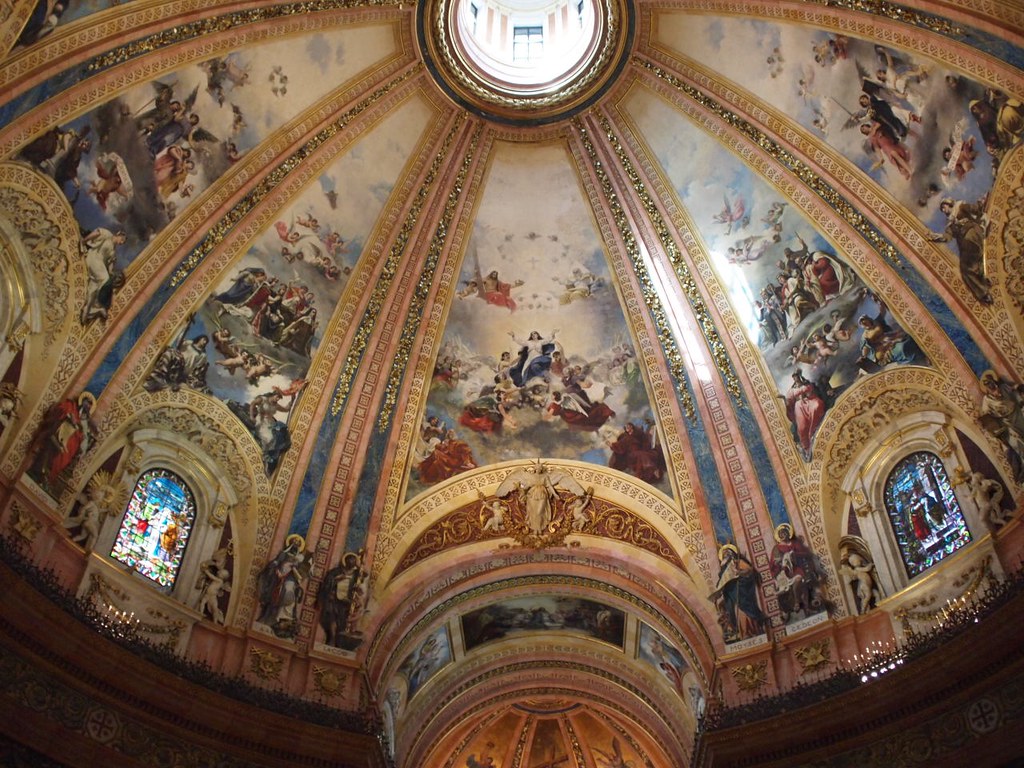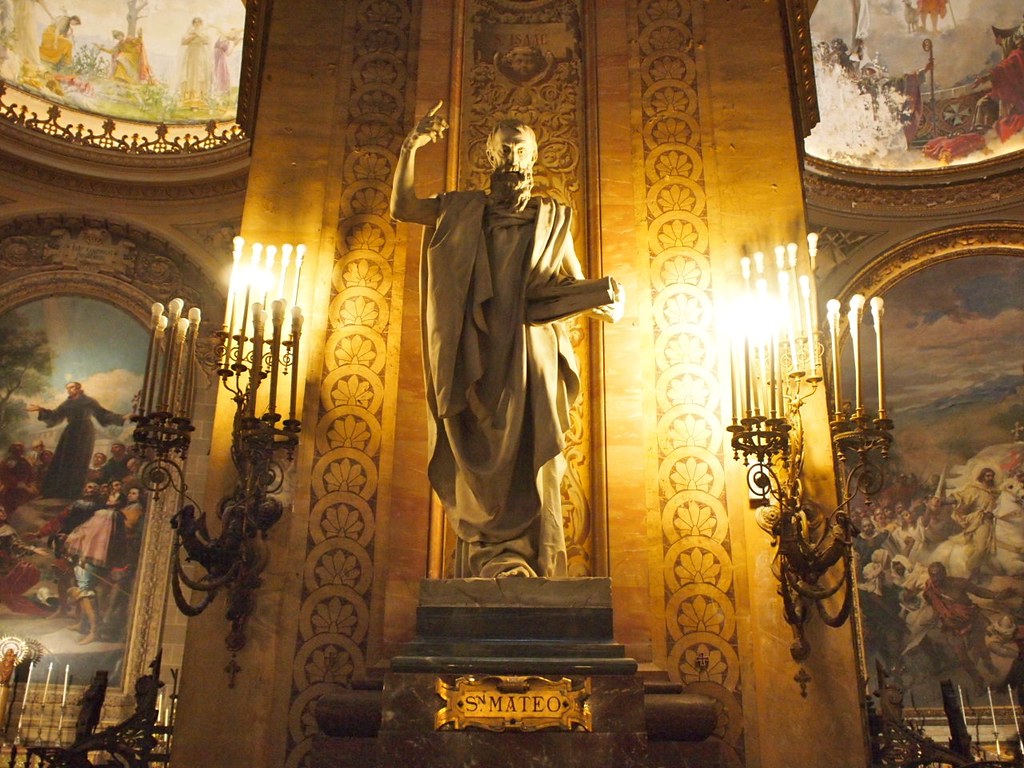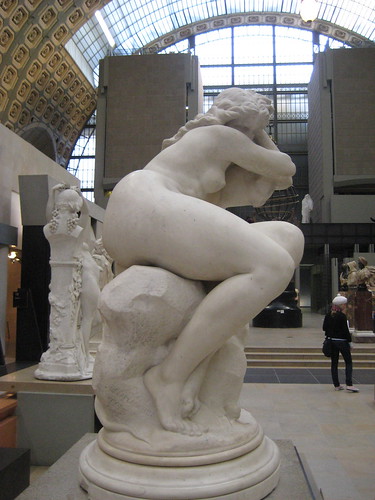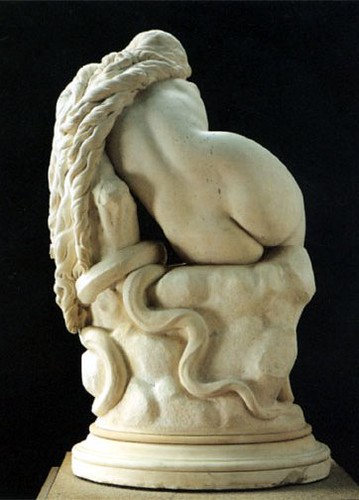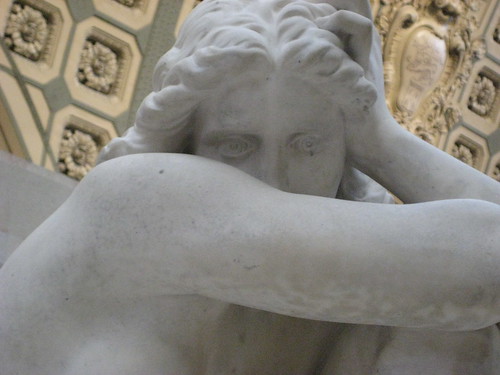As part of an ongoing weekly discussions with contemporary artists, I explored the career of Antonio Canova (Italian, 1747-1822). Today, Canova is considered a major proponent of Neoclassicism. But, for contemporaries, Canova's interpretations of the antique works were often at odds with predominant theories. We explore major works by Canova and how they were received by his critics, for better and worse. [embed]https://vimeo.com/158848811[/embed]
Located a short walk from the Royal Palace, the Basilica de San Francisco el Grande is not on most tourists' itineraries. It should be. Even when tourist visit, it is to see the Capilla de San Bernardo (Chapel of Saint Bernard) where a large painting by Francisco de Goya y Lucientes (Spanish, 1746-1828) hangs. Goya's work is worth seeing; but, it is hardly the most impressive in the Basilica.The site for the building was chosen in 1214 by none other than Francis of Asisi (1182-1226). It became the capital's hub for religious Royal and national events. Several weddings by Bourbon rulers took place there. However, after invading French troops used the Basilica as a military barracks, the building fell into disuse. (Both because of the cost of restoration and its association with the French.) During the last quarter of the nineteenth century, the Spanish government commissioned the country's best native artists and architects to retore the Basilica. (By the way, a basilica is different from a Cathedral or church in many ways. For one, a Cathedral is dedicated to a particular saint. Basilica's are dedicated to the Virgin. They also represent different hierarchies within the Catholic Church. A priest says Mass in a church, a Bishop in a Cathedral and the Pope in a basilica.)
The Basilica's principal dome–one of the largest in the world–was painted by Casto Plasencia Mayor (). Plasencia had studied in Rome, where he did extensive studies of Raphael's frescoes in the Pope's apartments. He also drew inspiration from the eighteenth-century frescoes done by Tiepolo for the Royal Palace, just down the street.
There are six chapels, each dedicated to a different saint and featuring epic-sized paintings. However, my favorite works in the Basilica, by far, are the twelve sculptures along the perimeter of the cupola, representing the original twelve apostles in larger-than-life carera marble. These were done by artists whose names are now forgotten and whose other works are almost all gathering dust in the basement of national and regional museums. (Please excuse my poor photographs. The light conditions in the Basilica are not great.)
The Basilica and its artists deserve a great deal more attention. (I hope to write an extensive paper, perhaps a book, on it someday.) For more images, go to this album.
Lately, I have been looking at my collection of images by theme, grouping Biblical and mythological subjects in categories. (It becomes helpful to have these groupings, which would normally not be seen in museums, when giving lectures or teaching children.) It was while piecing together my images of Eve that I found several photos I had taken of Eugène Delaplanche's (French, 1831-1892) work Eve After the Fall (1869).

I will never forget the first time I saw it, years ago, at the Musée d'Orsay. Although I was familiar with Eve's eating of the forbidden fruit and her subsequent expulsion from Eden, I had never considered her feelings and, especially, the moment of realization she must have had after eating the Forbidden Fruit. The sculpture filled me with sympathy for Eve and remorse for my own bad decisions in life. Only great art can do that.
Delaplanche studied under the neoclassical sculptor Francisque Joseph Duret (French, 1804-1865) . In 1864, Delaplanche was awarded the Prix de Rome and, subsequently, went to Italy where he studied Greco-Roman works and the sculptures of Michaelangelo and Bernini. He returned to Paris with an approach his work that combined classical idealism with natural forms. The result in Eve After the Fall (1869), done shortly after returning from Rome, is almost Hellenistic, but much larger in scale than most Greek statues.
Eve is beautiful, yet forceful. Her features are idealized, yet her figure, almost drawn into a fetal position from horror, is sinuous, organic.
All of the elements of the story are here: the discarded, bitten fruit from the Tree o Life, the serpent coiled around the tree, and Eve, full of horror and realization of her transgression.
Delaplanche went on to do a number of works and recieved a number of prizes. Unfortunately, like many of his contemporary sculptors and unlike many contemporary painters, little has been written about his work and life.
